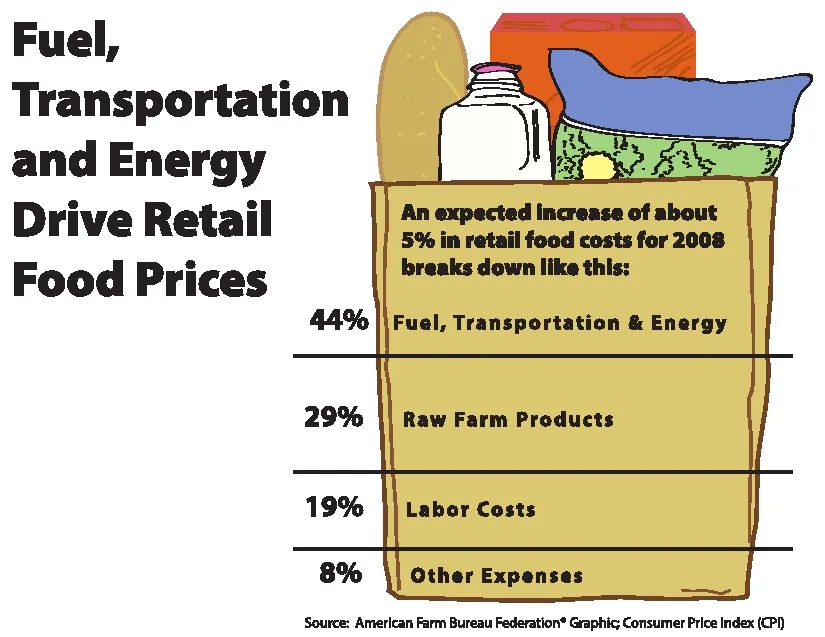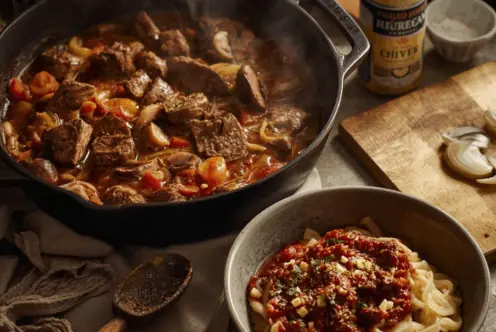Blog
Farm Profit Misnomer: Rising Food Prices Part 4
Fourth in a series on food prices. The first is here. The second is here. The third is here.
By Julie Murphree, Arizona Farm Bureau
“Farmers will always respond to better markets,” says Buckeye, Arizona cotton farmer Ron Rayner. “Most growers are trying to find a place to put extra cotton in their crop mix because that’s what price is telling us to do right now. With the old crop, price rationed supply. That’s the duty of price. For the new crop, price is telling us that we need to come up with more acres. If a dollar [a pound for cotton] is not enough to create more acres the price will come up.”
Rayner also explains that while higher commodity prices may initially mean a few extra dollars, it doesn’t mean a farmer sold his crop at the higher prices you see right now. Whether a wheat, cotton or soybean farmer, setting a “sell price” too far in advance while markets are on top is risky since whatever contract price you set must be honored.
Plus, if prices get too high, manufacturing markets might switch commodities. In the case of cotton, manufacturers could always consider manmade fibers. Certainly we won’t convert to polyester bed sheets, but some fiber markets are adroit at switching to another cheaper fiber.
Too, any good farmer will invest back in the business during high prices to pay down debt and build the business. Say Arizona farmers and ranchers, it secures their futures for the lean years that happen more frequently than the good years.
It’s a misnomer that farmers are making tons of money. As oil prices rise so do the costs to operate the farm. Farmers feel the pinch in greater amounts as they might purchase fuel in the thousands of gallons at a time during planting and harvest.
And since cotton farmer Rayner can’t set the price of his cotton (the market does), he must absorb those increased costs to raise the cotton.
The rising price of oil isn’t only affecting on-farm costs. You and I are feeling it too. The Consumer Price Index shows energy prices have increased by more than 7 percent in the past year. As a result, the cost of food has risen nearly 2 percent since the beginning of the year.
Fuel, transportation and energy drive retail food prices as the graphic below illustrates.
Related articles



















